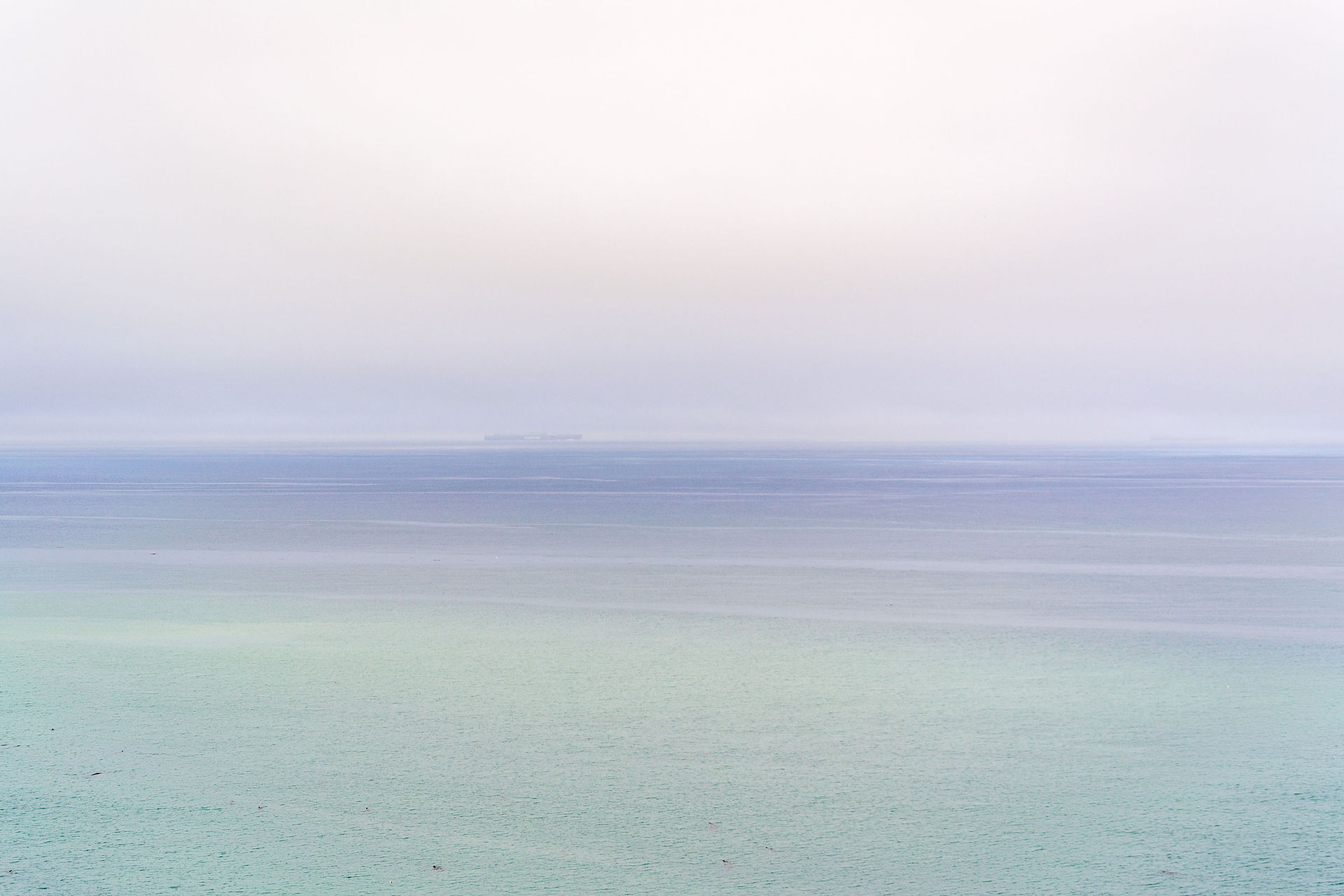top of page



Where is it?
Sedona Arts Center 65 Years in Ceramics juried exhibition, April 2024
Pots for Ritual & Contemplation juried exhibition, Harley Weigle Gallery, Spring 2023
w/ Don Reitz, Clarkdale Memorial Library, March 2023
Buy the pottery?
or contact me about that
An explanation: "Remember where you came from. Remember who you are"
I have always been an artist in one form or another, and it bleeds into activities that might not generally be considered art. When I ignore it, it comes out anyway. If I suppress it, I am less in balance. In terms of visual art, I have had a strong connection to ceramics since I was an adolescent, going through periods of creative intensity that last years--which have made me appreciate that creative expression is an essential aspect of health! Also, I come from a family of musicians, so sometimes I think working sensitively with my hands is in my blood.
Over time, creating these pieces has become a spiritual practice, and the pots themselves teach me a lot as I spend time with them. At first this felt, as you can imagine, generally meditative. The creation process involves a number of steps and I allow myself to disregard time and fully immerse myself in each one until I am satisfied. I recently learned that this can be described as being "process oriented." Being process-oriented brings me a lot of satisfaction. I have images of the shapes in my head: refined, beautiful, harmonious shapes. They have to feel a certain way in and under my hands. I choose to combine this meticulous creation process with unpredictable, atmospheric firing methods in which the surface patterns will be out of my control. The final product is somewhat created by me, somewhat not. It certainly feels like it takes on a life of its own and I'm grateful to be a part of its process of emergence. I enjoy that the work is nonfunctional. Beauty and harmony are enough to aspire to and worth bringing into the world. I also enjoy that the low-fire pieces are very fragile, yet want to be held. I think it's interesting to see how we approach interacting, and how we try to hold on.
Lately I have started to feel the pots in a different way. When the forms feel done, they feel like they are plugged in. After they have been fired, a lot of information comes through them. Perhaps this is deeper contemplation (the more you look, the more you see)--and I have always known they are meditative objects--but it seems like something beyond this--at least it goes beyond what I can describe by referring to my senses. At this point, I am very inspired to share these pieces. Like a proud parent, I am excited to see them go out into the world and do what they are here to do.
I am so grateful for all opportunities to be a "space holder" (and I do mean space!!) for both the creation process and the finished work... also, to be a "door opener" for people to have new kinds of experiences. These themes unite everything I do. It is quite a gift.
More about the techniques
This pottery is made using low-temperature firing techniques: either horsehair or barrel fire (also known as pit fire). Both of these processes have interesting histories--horsehair has its roots in the Native American southwest, and pit firing is the oldest way to fire pottery. I find these styles appealing because of their simplicity. The work is not glazed.
I throw these pieces on the wheel, trim them carefully, and burnish them with a smooth stone before firing them to a low temperature in an electric kiln. Then, for the horsehair technique, the pieces are heated up again to an even lower temperature, taken out of the kiln while hot, and hair, feathers, or other substances are applied. You must work quickly, although it's not really work! In barrel firing, the pieces are packed into a metal barrel with combustibles and oxides, and all are set on fire. In either case, once everything has cooled down, the pieces are washed and waxed. Both techniques produce one-of-a-kind, atmospheric surfaces with serendipitous effects.
bottom of page
